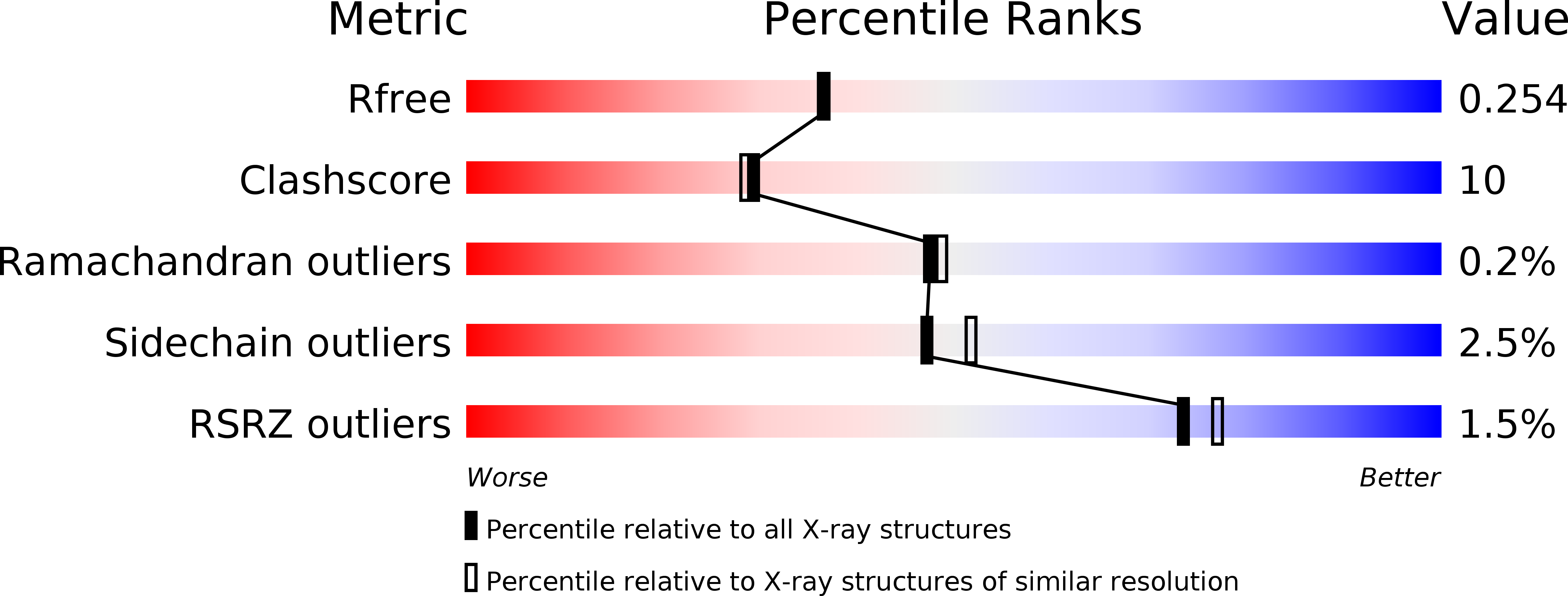
Deposition Date
2015-08-05
Release Date
2015-10-07
Last Version Date
2024-10-16
Entry Detail
Biological Source:
Source Organism:
Homo sapiens (Taxon ID: 9606)
Cytomegalovirus (Taxon ID: 10358)
Cytomegalovirus (Taxon ID: 10358)
Host Organism:
Method Details:
Experimental Method:
Resolution:
2.10 Å
R-Value Free:
0.25
R-Value Work:
0.20
R-Value Observed:
0.20
Space Group:
P 21 21 21


